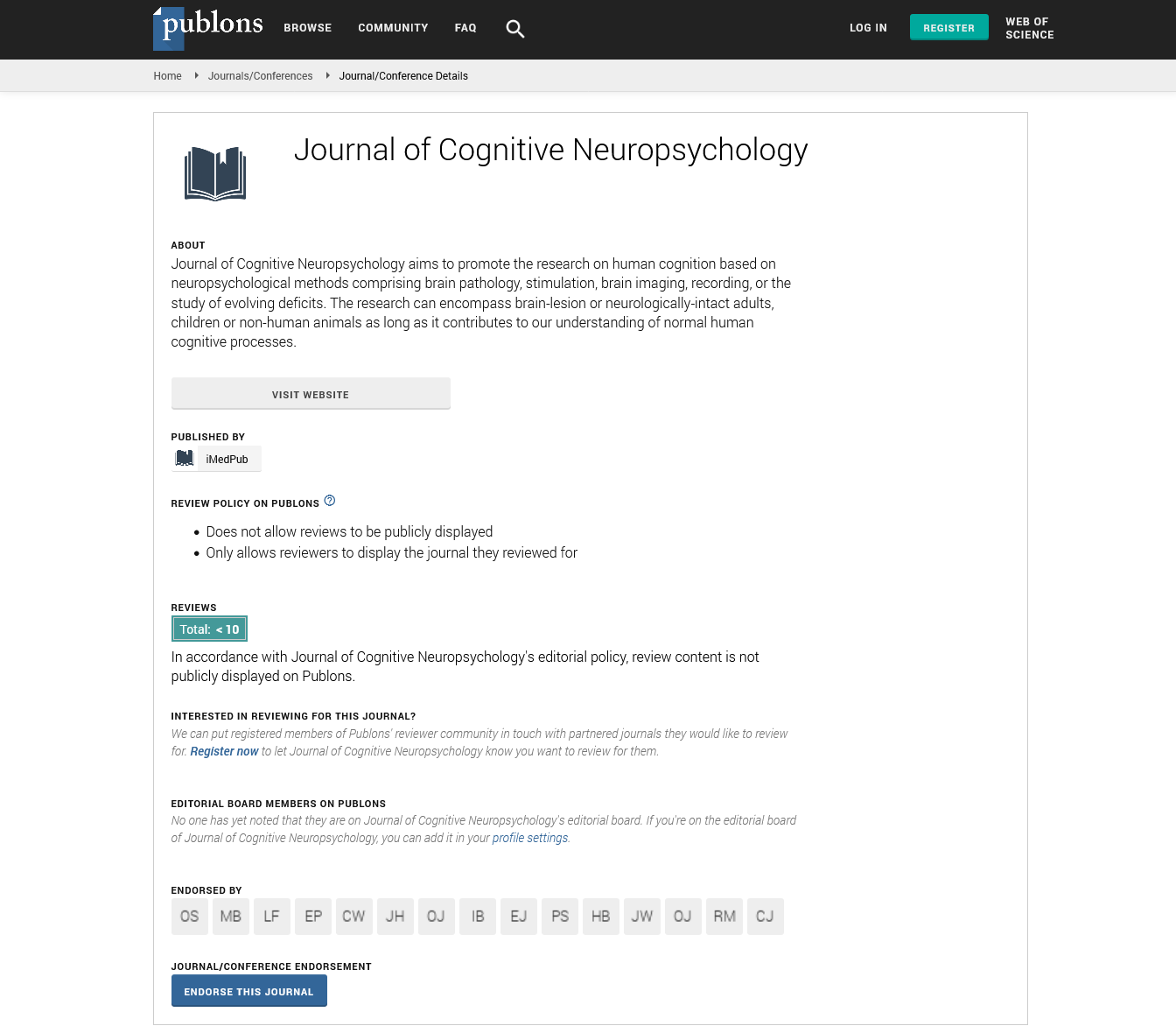A Series of Recommendations to Develop Rotenone-induced Rat Model of Parkinson's Disease with Zero Mortality Rate
17th World Congress on Vascular Dementia and Neurodegenerative Diseases
April 12, 2021 Webinar
Arman Rahimmi
Department of Molecular Medicine, Kurdistan University of Medical Sciences, Sanandaj, Iran
ScientificTracks Abstracts: Jour Cogn Neuropsy
Abstract
Rationale: Parkinson’s disease (PD) is one of the most prevalent CNS diseases related to aging. Developing accurate and a reliable animal model of PD is a very important step that researchers of this field must usually deal with it. Objective: This study was designed to develop a reliable and accurate model of PD in rat. Methods: Male Wistar rats were randomly divided into experimental groups (n=8). A series of experiments were designed, each one evaluating the effects of following factors separately: Injection procedure, rotenone dose, rotenone vehicle, housing condition, and supporting feeble animals. Development of the model was confirmed by behavioral tests and immunohistochemistry analysis on rats’ brains. ROC curve analysis was performed for the tests separately and cumulatively to achieve a high predictive value. Results: The animals, which received subcutaneous injections, gradual-increasing dose of rotenone, sunflower oil (as rotenone vehicle), standard controlled condition, and support had a higher survival rate, compared to their counterpart groups. these factors cumulatively increased the survival rate to 100%, while the PD model was developed in all the animals within the group. Additionally, a cumulative score based on the three behavioral tests was achieved, which could predict the development of PD model with 90% specificity and sensitivity. Conclusions: For the first time, this study presented a reliable accurate rat model of PD with zero mortality rate. In addition, a standardized pattern was achieved based on combining the results of behavioral tests, which could predict the development of PD model with a relatively high accuracy. Keywords: Parkinson’s disease, animal models, rotenone, behavioral tests, rat
Google Scholar citation report
Citations : 8
Journal of Cognitive Neuropsychology received 8 citations as per Google Scholar report
Journal of Cognitive Neuropsychology peer review process verified at publons
Abstracted/Indexed in
- Google Scholar
- Publons
- MIAR
Open Access Journals
- Aquaculture & Veterinary Science
- Chemistry & Chemical Sciences
- Clinical Sciences
- Engineering
- General Science
- Genetics & Molecular Biology
- Health Care & Nursing
- Immunology & Microbiology
- Materials Science
- Mathematics & Physics
- Medical Sciences
- Neurology & Psychiatry
- Oncology & Cancer Science
- Pharmaceutical Sciences
